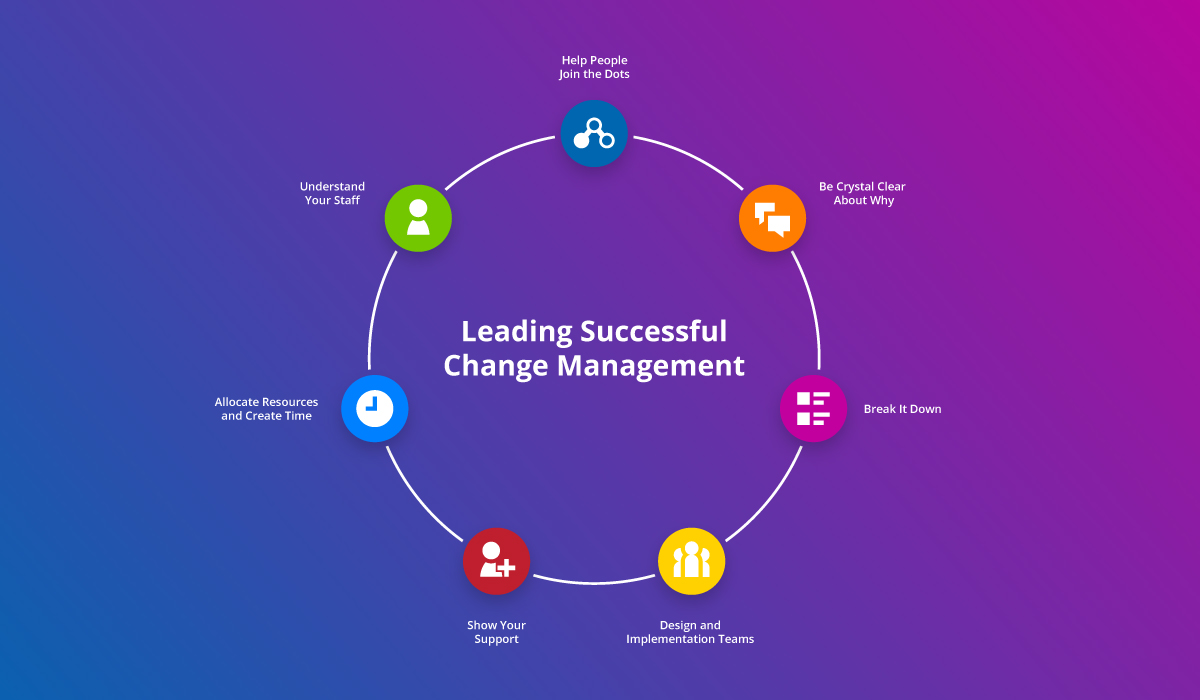To create learning environments that are inclusive, diverse and engage all types of learners, we need to provide students with learning opportunities that extend beyond the classroom. This is key to supporting and enhancing the learner experience and achieving positive educational outcomes for students.
What are the Benefits of Learning Beyond the Classroom?

By extending learning beyond the classroom, you open the door to many more learning opportunities for your students:
- Provide more engaging and relevant learning.
- Increase opportunities for students to access and interact with learning materials online.
- Further develop a student’s digital, collaborative and independent learning.
- Provide greater opportunities for revision, feedback and informal learning.
- Enhance capacity for inclusive and individualised learning.
There are many ways you can extend learning beyond the classroom; and through the use of a Learning Management System such as Schoolbox, almost any space outside the classroom can become a place of learning.
How do you Extend Learning Beyond the Classroom?
An important aspect of extending learning beyond the classroom is to use and present a range of learning materials in new and engaging ways and to structure class and homework time with more flexibility and collaboration in mind.
Enable communication anywhere and at anytime
Students often find it challenging to progress their group work outside the classroom.
Using online tools can assist to keep the momentum going with group projects after students leave the classroom. Some examples of these tools include:
- Social streams.
- Wikis.
- Blogs.
- Forums.
These online tools are available via a Learning Management System and enable students to create conversations and work collaboratively in a virtual classroom.
An added advantage with accessing these tools via a Learning Management System is that students are able to participate in a monitored, safe online environment. All of the contributions are identifiable and explicitly connected to an individual student. This not only enables the teacher to correctly attribute contributions, but also ensures appropriate use of a system that can be easily monitored.
Utilise a flipped classroom
Instead of the teacher providing direct instruction in class and then setting homework, an educator could ask students to access online content at home and then have them complete the task in class—known as the ‘flipped classroom’.
This approach means students use the lesson to:
- Apply new knowledge.
- Ask questions.
- Receive immediate feedback.
By delivering content online with the use of educational technology, a student is able to work and progress their learning at a pace that suits their needs. Students who have missed lessons due to illness or would like to review content again can also easily access materials at home.
Create an inclusive learning environment
A truly effective learning environment supports and meets the needs of all kinds of learners. This creates equitable access to learning opportunities and improves a student’s chance of success.
This approach of inclusive education is best seen where learning activities are customised so that they challenge more able students and also, support those who need extra guidance. This support and inclusion also applies to those who have missed class time.
In these instances, teachers should still be communicating the curriculum to them and continuing to support their learning. Having an LMS and a communication portal is invaluable to meet this requirement.
Parents are also connected to the LMS and School Portal ecosystem, which further helps to facilitate support and communication when the student is unable to attend school.
The Modern Landscape
As technology has evolved, the virtual classroom has taken its place, next to the physical, as an important avenue to deliver and interact with learning materials. Through the use of online learning environments and learning management systems, teachers can now design virtual spaces to support and extend a student’s learning environment. This means with the right technology, learning can occur anywhere, anytime, to suit the learner.
For more tips on learning beyond the classroom, download our FREE eBook!






